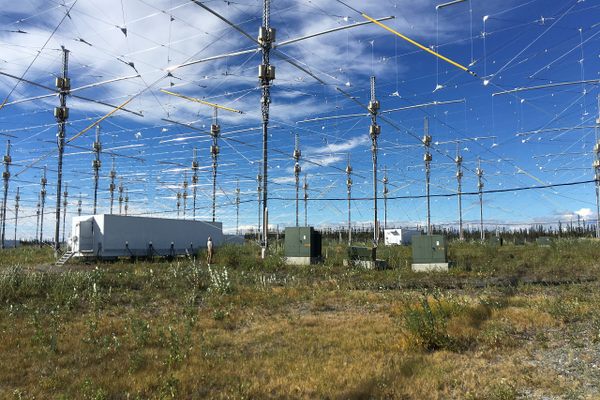About
The beginnings of the wireless age can be traced back to Canada's eastern seaboard. There, at the turn of twentieth century, the Italian inventor Guglielmo Marconi carried out the first transatlantic wireless telegraph experiments.
Working in a transmission station in the small coal mining town of Glace Bay, Nova Scotia, Marconi proved that messages could be carried long distances via electromagnetic waves. The experiment, which was carried out in late 1902, involved Marconi receiving a Morse code signal from his transmitter in England about 2,000 miles away (a distance corresponding to about one twelfth of the Earth's circumference).
Though Marconi claimed to have achieved this feat almost a year prior in St. John's, Newfoundland, the lack of independent verification of his earlier experiment made it necessary for the inventor to replicate the work with better publicity and documentation. Thus in his second attempt at Nova Scotia, Marconi was accompanied by a Canadian correspondent for the London Times, who after witnessing the incoming signals dispatched a message of his own to England. And to truly make it official, two more messages were beamed from the transmitters at Glace Bay to King Edward VII of Britain and King Victor Emmanuel III of Italy.
This crucial event in the development of communications made instant wireless correspondence between the two continents possible for the first time in history. It also marked the beginning of the Marconi Company's rise to dominance in world wireless communications.
Today the old station grounds have been designated Marconi National Historic Site by Parks Canada. There, visitors can learn about the history of telecommunications in the Wireless Hall of Fame and see instruments similar to those used by Marconi in his original transmissions.
An interpretive trail leads to the site of the original transmission station, where four wooden aerial towers (each over 200 feet in height) once stood. All that remains of the station are the concrete foundations of the buildings and towers, but wireless telegraphy (now simply called radio communication) is still very much alive at the site.
Each April, International Marconi Day is celebrated by the local amateur radio operators. In the spirit of the Italian inventor, the radio operators gather at the Glace Bay location and attempt to contact fifteen stations around the world that are important in the history of wireless radio communication.
Related Tags
Know Before You Go
The site is located in Glace Bay, Nova Scotia, at Table Head on Timmerman Street. Take Route 4 from Sydney to Glace Bay (23 km or 14 mi.). Driving time is 30 minutes. Or take scenic Route 255, the Marconi Trail, from Louisbourg (51 km or 32 mi.). Driving time is one hour.
Published
July 24, 2013























